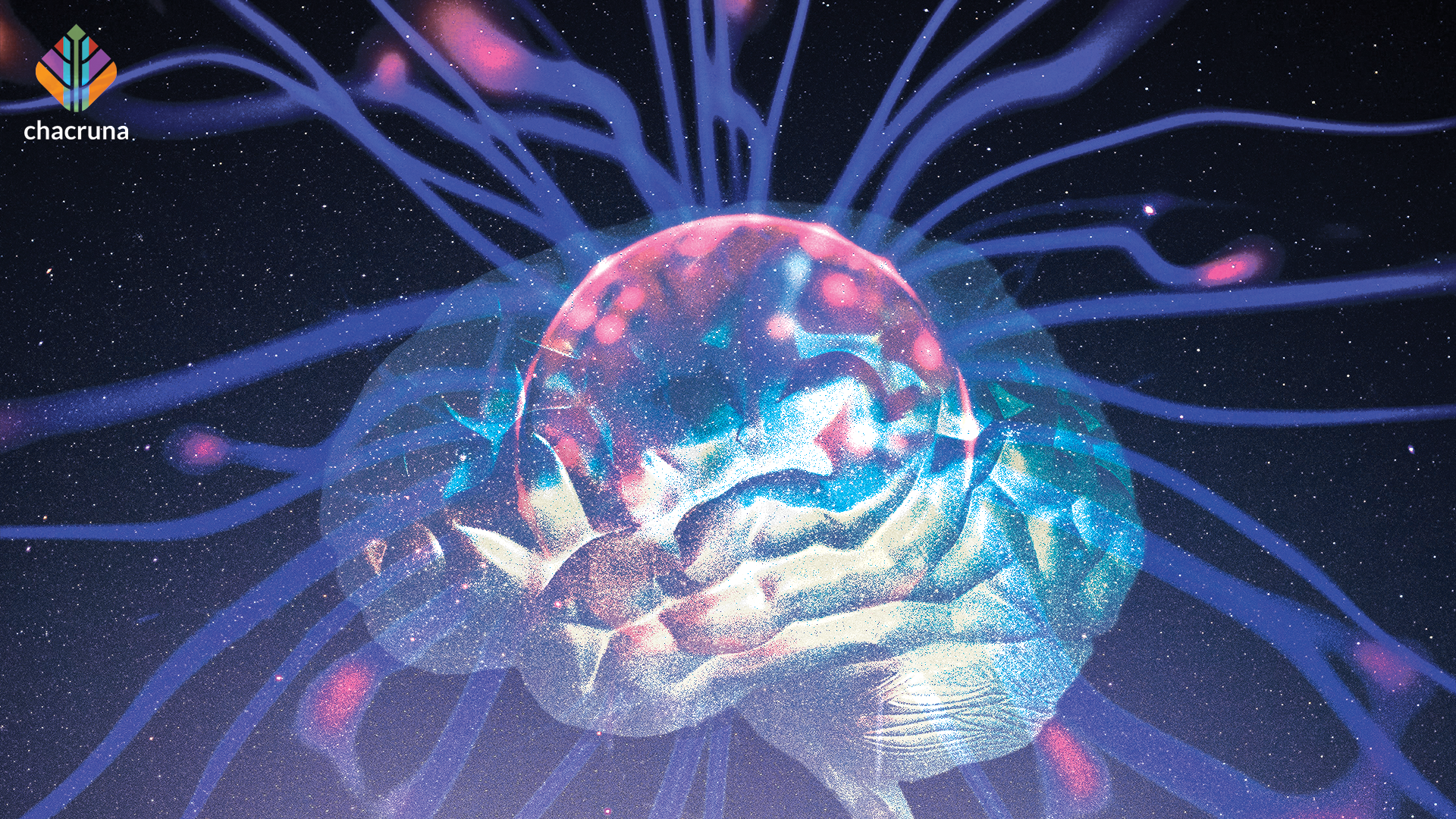- How Do Psychiatric Medications Interact with MDMA or Psilocybin? - July 21, 2022
- Risks of Serotonin Syndrome when Combining Psychedelics with Antidepressants - October 1, 2021
- When Ayahuasca Microdosing Might Cause Serotonin Toxicity - May 24, 2021
While there has been promising evidence of safety and effectiveness for ayahuasca macrodosing to treat depression, the medical risks and benefits of ayahuasca microdosing remain unknown (Palhano-Fontes et al., 2019).
I have recently noticed several websites advertising and selling commercial products for “ayahuasca microdosing,” but unlike microdosing with the classic psychedelic serotonin 2A receptor agonists psilocybin or LSD, microdosing with ayahuasca has a unique pharmacologic effect due to β-carboline alkaloids (harmaline, harmine, tetrahydroharmine) contained in the Banisteriopsis caapi (B. caapi) vine. While there has been promising evidence of safety and effectiveness for ayahuasca macrodosing to treat depression, the medical risks and benefits of ayahuasca microdosing remain unknown (Palhano-Fontes et al., 2019). As a board-certified psychiatric pharmacist, one of my primary responsibilities is to educate clients about psychotropic medications so they can evaluate the risks and benefits to make informed treatment decisions, so I wanted to discuss the potential for ayahuasca microdosing to have drug-drug interactions that could possibly cause serotonin toxicity.
What is Ayahuasca Microdosing?
Several websites describe two distinct types of ayahuasca microdosing; some mention consuming very low doses of a typical ayahuasca brew with both B caapi vines and the Psychotria viridis leaves that contain N,N-dimethyltryptamine (DMT), while others mention taking the B. caapi vine alone. The β-carboline alkaloids in B. caapi are monoamine oxidase inhibitors (MAOIs) that allow the DMT from Psychotria viridis to be orally available in the brew; but, unfortunately, these various extract products sold online usually do not inform the consumer how much plant matter is in the extract or, more importantly, how many milligrams of these compounds (DMT, harmaline, harmine, tetrahydroharmine) are contained in the product.
What are monoamine oxidase enzymes (MAOs) and inhibitors (MAOIs)?
Monoamine oxidase (MAO) enzymes metabolize monoamine neurotransmitters like serotonin, norepinephrine, and dopamine. There are two main isoforms of MAO: MAO-A and MAO-B, with MAO-A responsible for metabolizing serotonin. Prescription medications that are reversible inhibitors of MAO-A (RIMAs) are used to treat anxiety and depression. The B. caapi β-carbolines (harmaline, harmine, tetrahydroharmine) are also RIMAs, and therefore prevent serotonin breakdown.

Discover Indigenous Reciprocity Initiative of the Americas
What Are the Potential Risks of Ayahuasca Microdosing?
While there is currently no clinical evidence for daily dosing with B. caapi β-carbolines, it is useful to extrapolate the potential risks by comparison with prescription antidepressant RIMA moclobemide. Moclobemide is relatively safe and well tolerated when prescribed as monotherapy within the manufacturer’s recommended dosage range and, even in overdose, serotonin toxicity is exceedingly rare (Isbister et al., 2003). However, moclobemide has a substantially increased risk of severe serotonin toxicity (including fatal case reports) when combined with other medications that also increase synaptic monoamine neurotransmitters, such as selective serotonin reuptake inhibitors (SSRIs; e.g., citalopram) serotonin-norepinephrine reuptake inhibitors (SNRIs; e.g., venlafaxine), tricyclic antidepressants (TCAs; e.g., clomipramine), lithium, amphetamines, and other MAOIs (Isbister et al., 2003; Kuisma, 1995)
How Would Someone Know if They Are Experiencing Serotonin Toxicity?
Signs and symptoms of serotonin toxicity include muscle twitching, exaggerated muscle reflexes, tremor, incoordination, diarrhea, sweating, shivering, fever, along with mental status changes like confusion and agitation.
It is very difficult to adequately evaluate the risk of these ayahuasca microdosing products without accurate dosage information, but there could potentially be some risk of serotonin toxicity when combining them with medications that also increase synaptic serotonin.
It is very difficult to adequately evaluate the risk of these ayahuasca microdosing products without accurate dosage information, but there could potentially be some risk of serotonin toxicity when combining them with medications that also increase synaptic serotonin.
Feature Art by Trey Brasher.
References
Palhano-Fontes, F., Barreto, D., Onias, H., Andrade, K. C., Novaes, M. M., Pessoa, J. A., Mota-Rolim, S. A., Osório, F. L., Sanches, R., Dos Santos, R. G., Tófoli, L. F., de Oliveira Silveira, G., Yonamine, M., Riba, J., Santos, F. R., Silva-Junior A. A., Alchieri, J. C., Galvão-Coelho, N. L., Lobão-Soares B,… & Araújo, D. B. (2019). Rapid antidepressant effects of the psychedelic ayahuasca in treatment-resistant depression: A randomized placebo-controlled trial. Psychological Medicine, 49, 655–663. doi:10.1017/S0033291718001356
Isbister, G. K., Hackett, L. P., Dawson, A. H., Whyte, I. M., & Smith, A. J. (2013). Moclobemide poisoning: toxicokinetics and occurrence of serotonin toxicity. British Journal of Clinical Pharmacology, 56(4), 441–450. doi:10.1046/j.1365-2125.2003.01895.x
Kuisma, M. J. (1995). Fatal serotonin syndrome with trismus. Annals of Emergency Medicine, 26(1), 108. doi:10.1016/s0196-0644(95)70250-4
Take a minute to browse our stock:
Did you enjoy reading this article?
Please support Chacruna's work by donating to us. We are an independent organization and we offer free education and advocacy for psychedelic plant medicines. We are a team of dedicated volunteers!
Can you help Chacruna advance cultural understanding around these substances?











